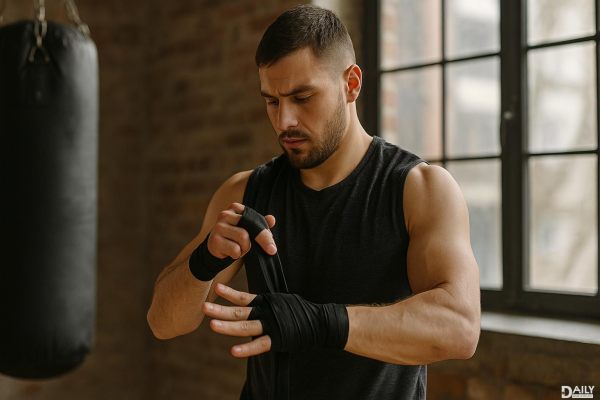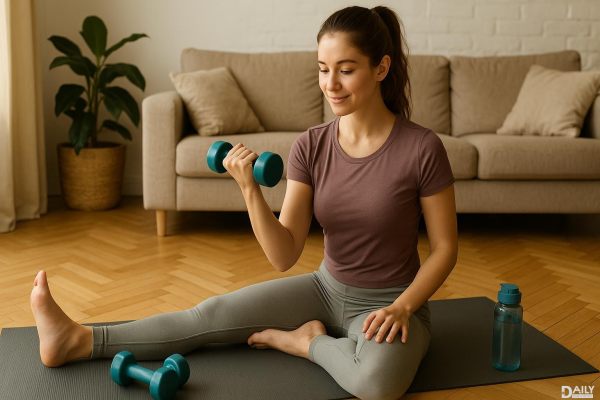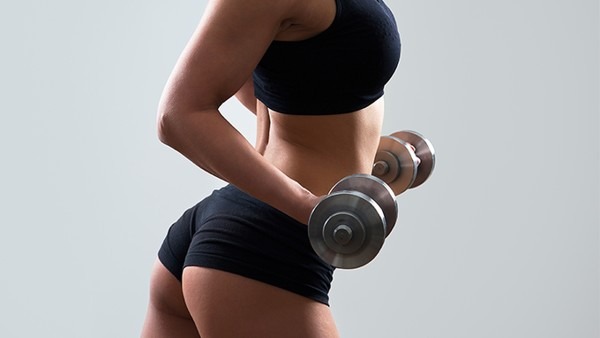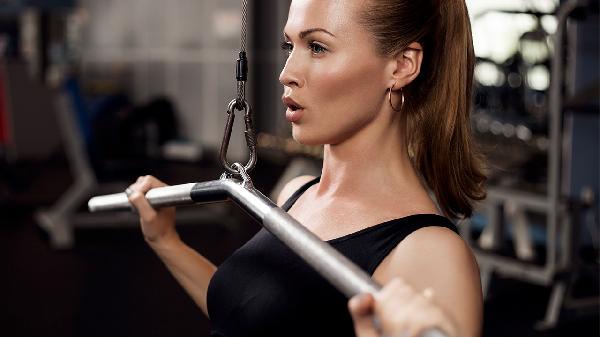If you've ever thrown a punch without wrapping your hands first, you know the aftermath—achy wrists, sore knuckles, and maybe even a lingering fear that you messed something up. Hand wrap boxing isn't just some old-school ritual; it's the secret sauce to keeping your wrists strong, your punches powerful, and your hands injury-free. Whether you're sparring, hitting the heavy bag, or just drilling combos, wrapping up is non-negotiable if you want to perform at your best and avoid sidelining yourself with preventable injuries.

Your wrists are the weakest link in the punching chain. Think about it—when you throw a hook or a cross, all that force travels from your legs, through your core, down your arm, and finally explodes through your fist. Without proper support, your wrist can buckle under the pressure, leading to sprains, strains, or even fractures. Hand wraps act like a reinforcement system, stabilizing the small bones in your hands and keeping everything aligned so you can punch with confidence. Plus, they add cushioning to your knuckles, reducing the wear and tear from repeated impact.
Hand wraps aren’t just glorified tape—they’re engineered for function. Traditional cotton wraps (usually 180 inches long) distribute pressure evenly across your hand, preventing excessive stress on any single joint. The way you wrap matters too: crisscrossing the fabric around your wrist and weaving it between your fingers creates a lattice of support that locks everything in place. Some fighters even use elastic wraps for a snugger fit, but the key is tension—too loose and it’s useless; too tight and you’ll cut off circulation. Getting it just right means your wrists stay rigid on impact while still allowing fluid movement.
Step one: Don’t just wing it. Start by securing the thumb loop, then make three passes around the wrist to anchor everything. From there, spiral the wrap across your knuckles, weaving between your fingers for extra stability. Finish by securing the Velcro around your wrist—no floppy ends! If you’re new to wrapping, it might feel awkward at first, but after a few tries, you’ll get the tension dialed in. Pro tip: If your fingers turn purple, you’ve gone overboard. Unwrap and try again with a lighter touch.
Once you’ve mastered the standard wrap, experiment with variations for different needs. Fighters with a history of wrist injuries might add extra layers around the joint, while heavy hitters often double-wrap their knuckles for added protection. Some even use gauze and tape under their wraps for competitions, creating a near-cast level of rigidity. Just remember: The goal isn’t to mummify your hands—it’s to tailor the support to your body’s weak points so you can punch harder, longer, and safer.
Gloves alone won’t cut it. While they cushion your knuckles, they don’t provide the targeted support wraps offer. Ever notice how boxers wear wraps under their gloves? That’s because the combo is a one-two punch for protection: Wraps stabilize, gloves absorb. Skipping wraps is like wearing a helmet without buckling the chin strap—sure, it’s better than nothing, but you’re leaving yourself vulnerable. Even if you’re just hitting pads, always wrap up first. Your future self (and your wrists) will thank you.
Hand wrap boxing isn’t just a habit—it’s a game-changer. From weekend warriors to pros, anyone serious about throwing hands knows that strong wrists mean stronger punches and fewer injuries. So next time you’re gearing up, take those extra two minutes to wrap right. Your knuckles (and your coach) will approve.
























